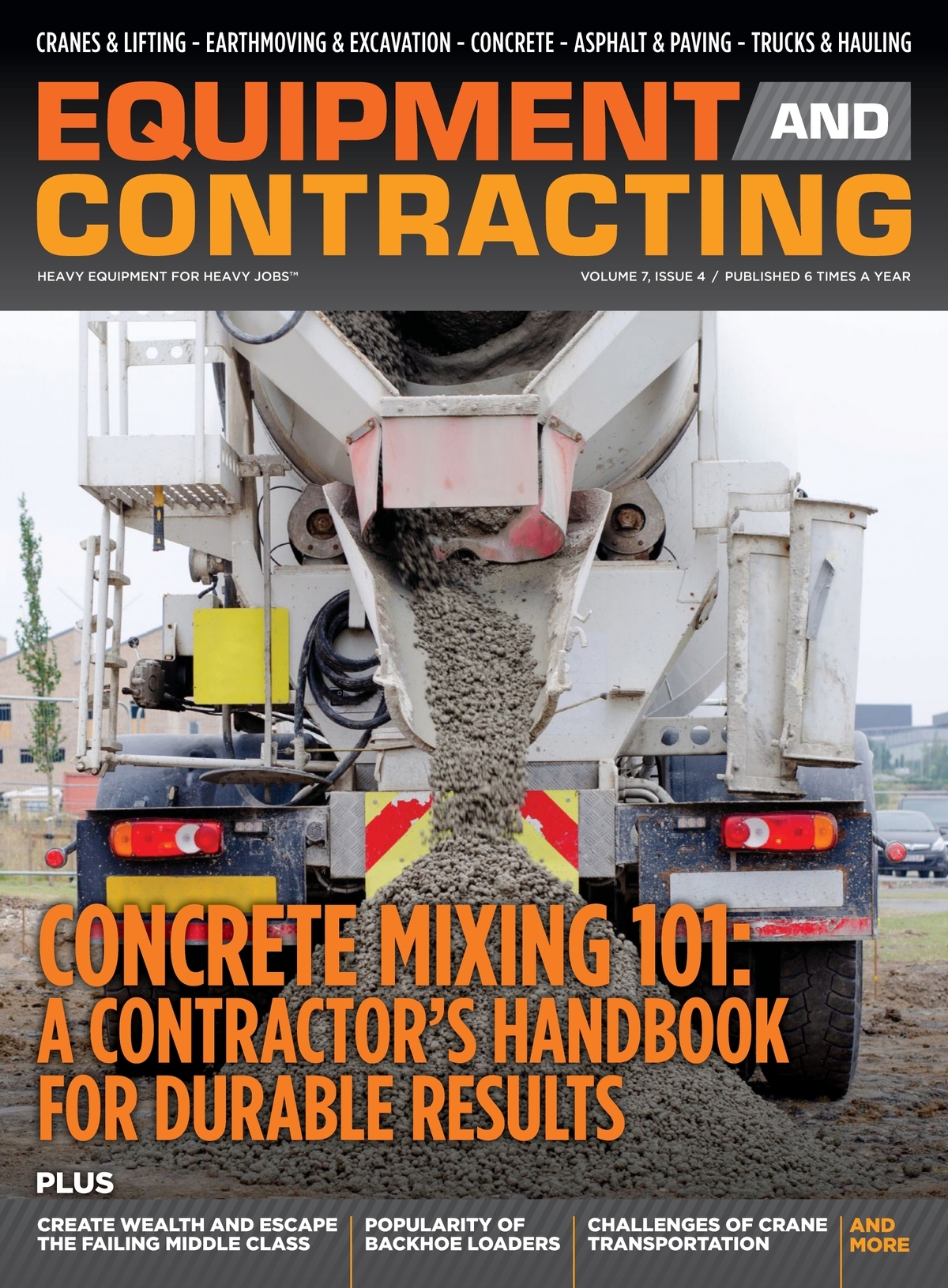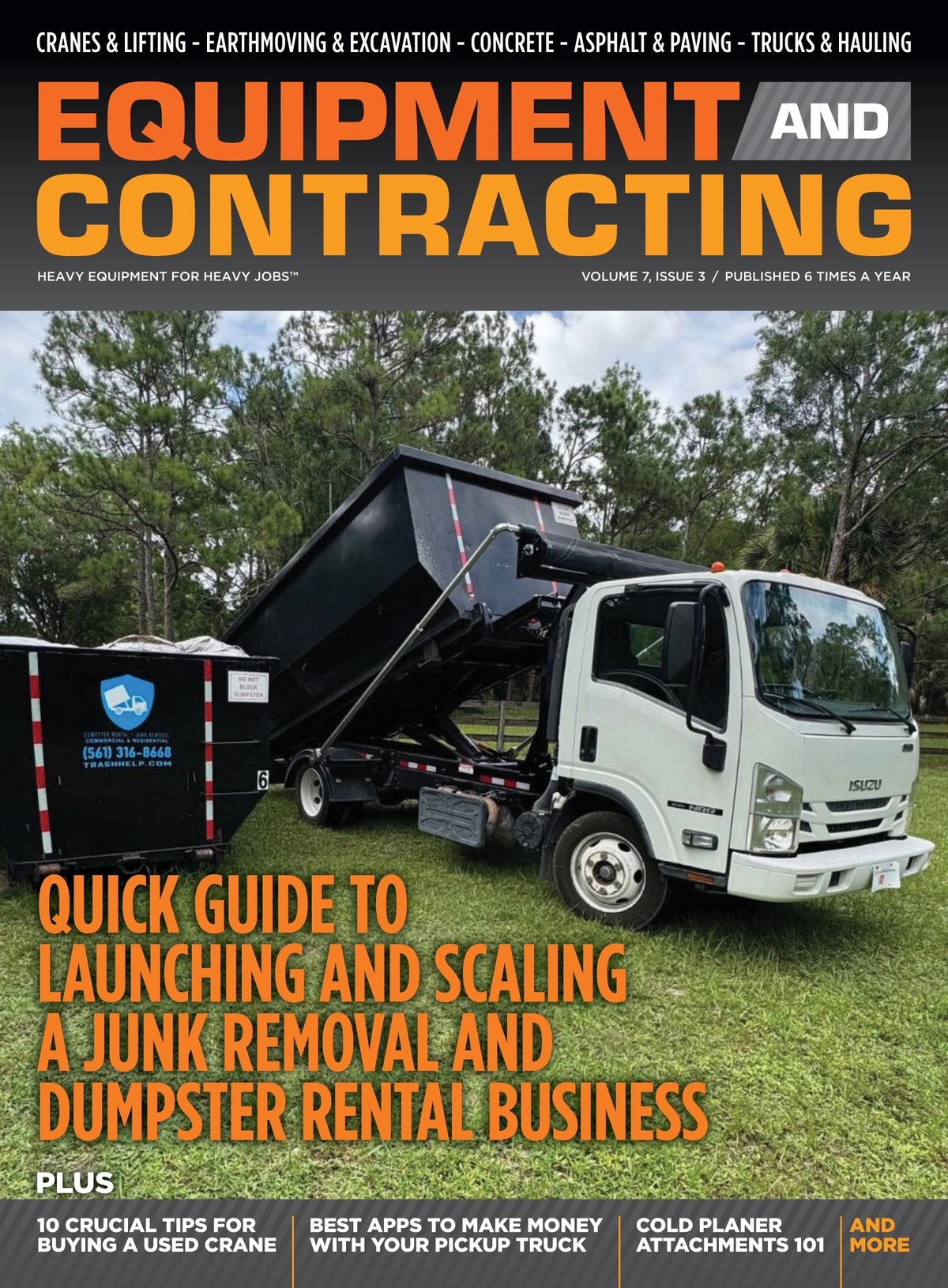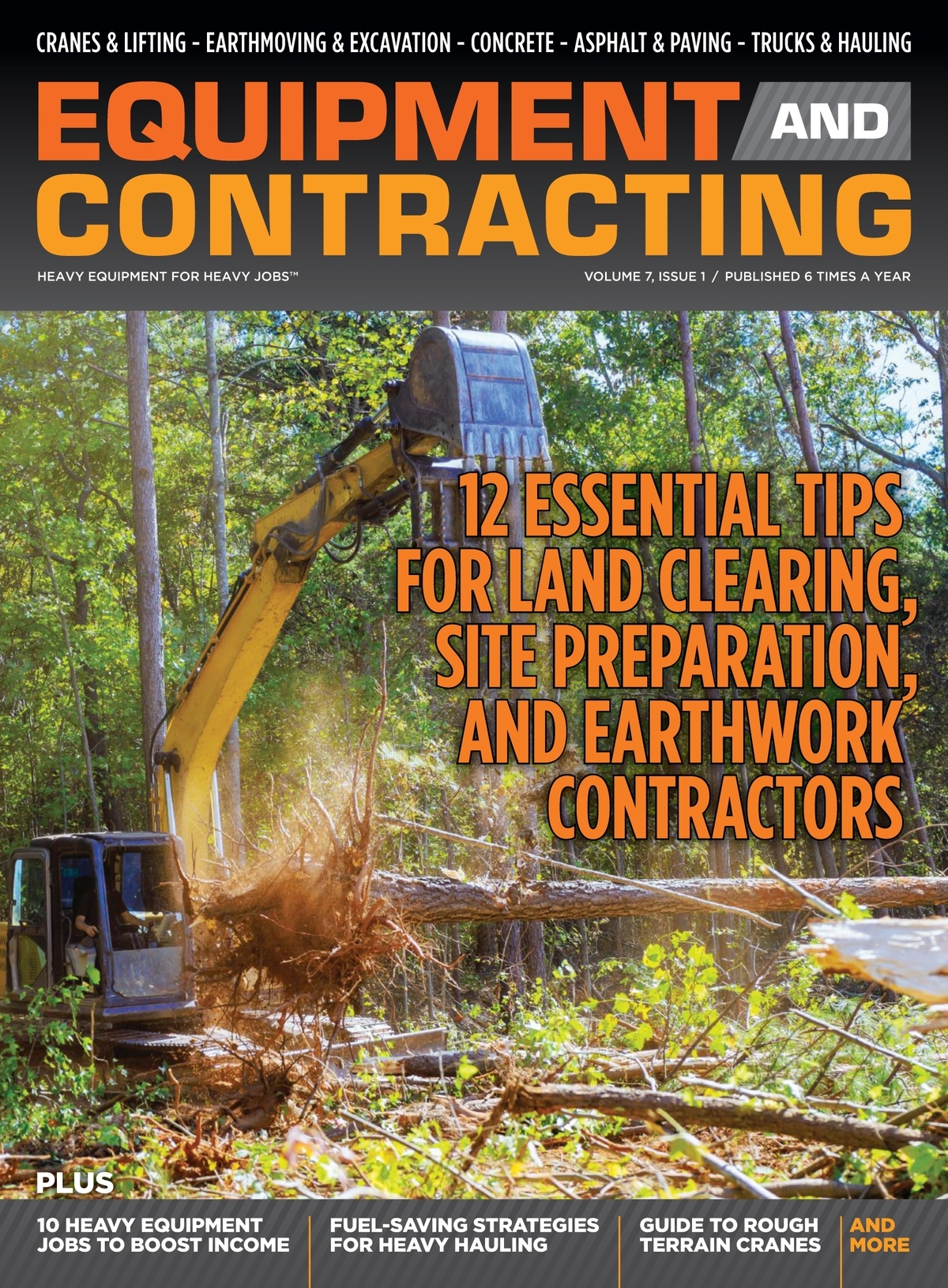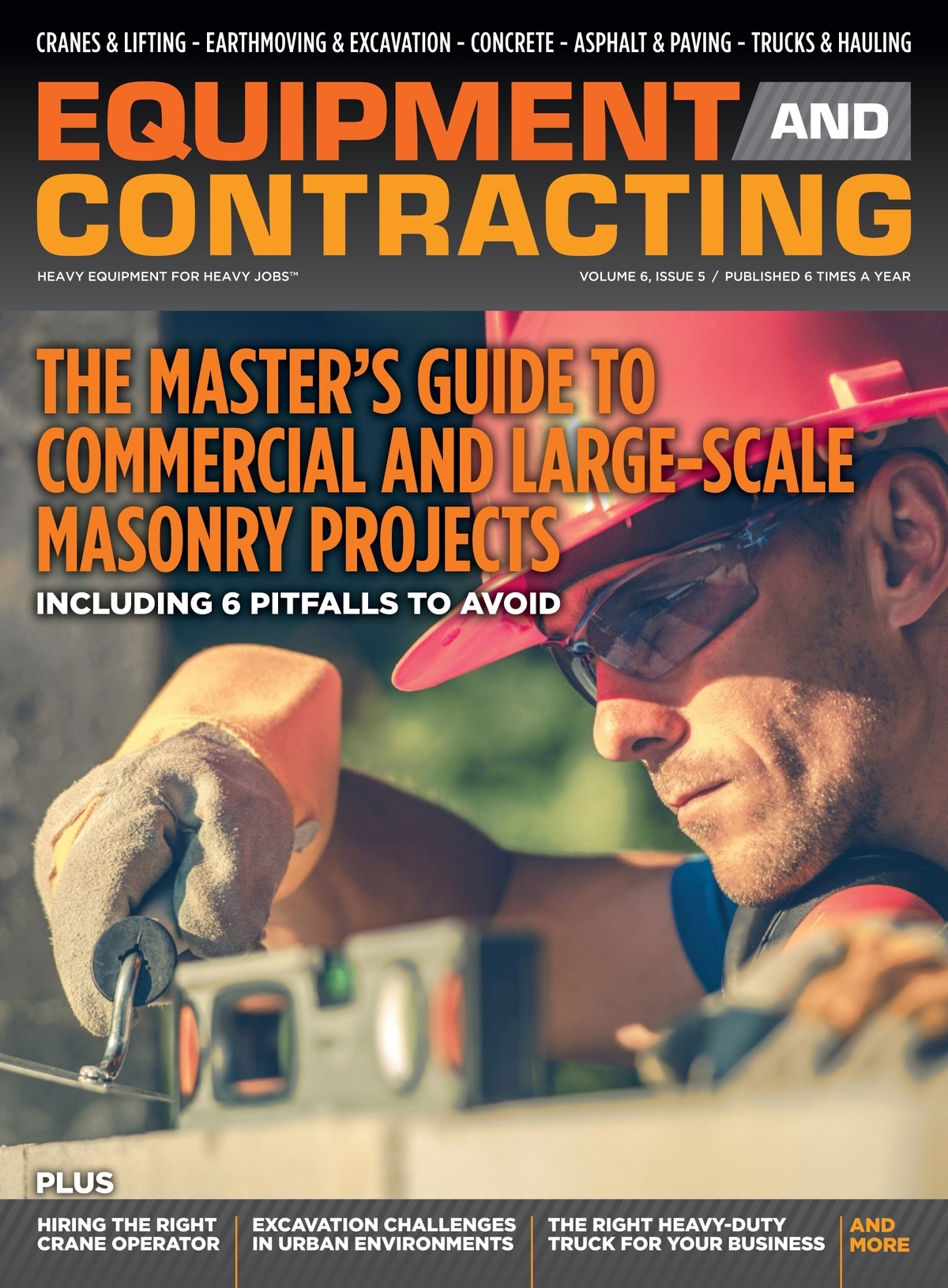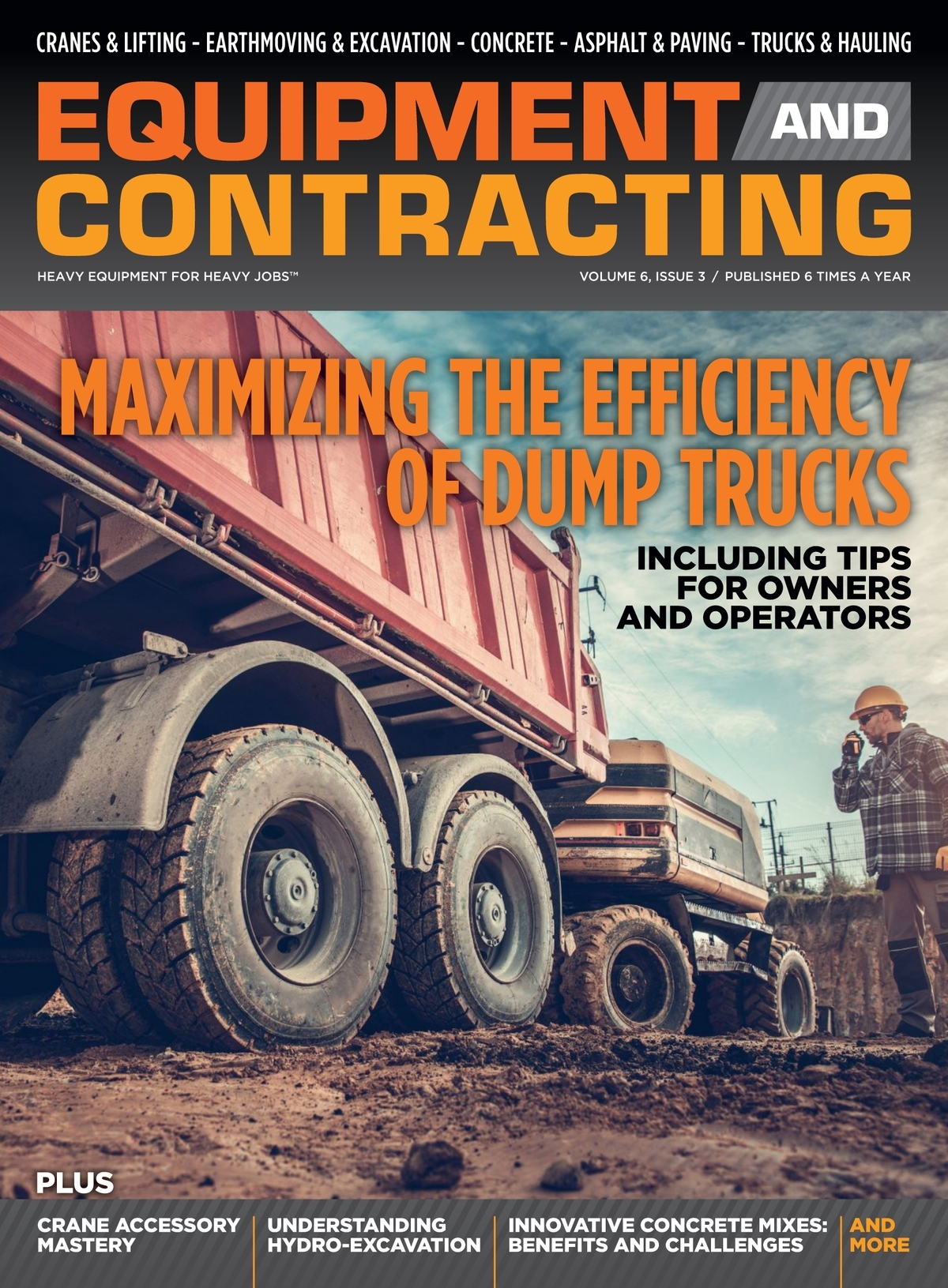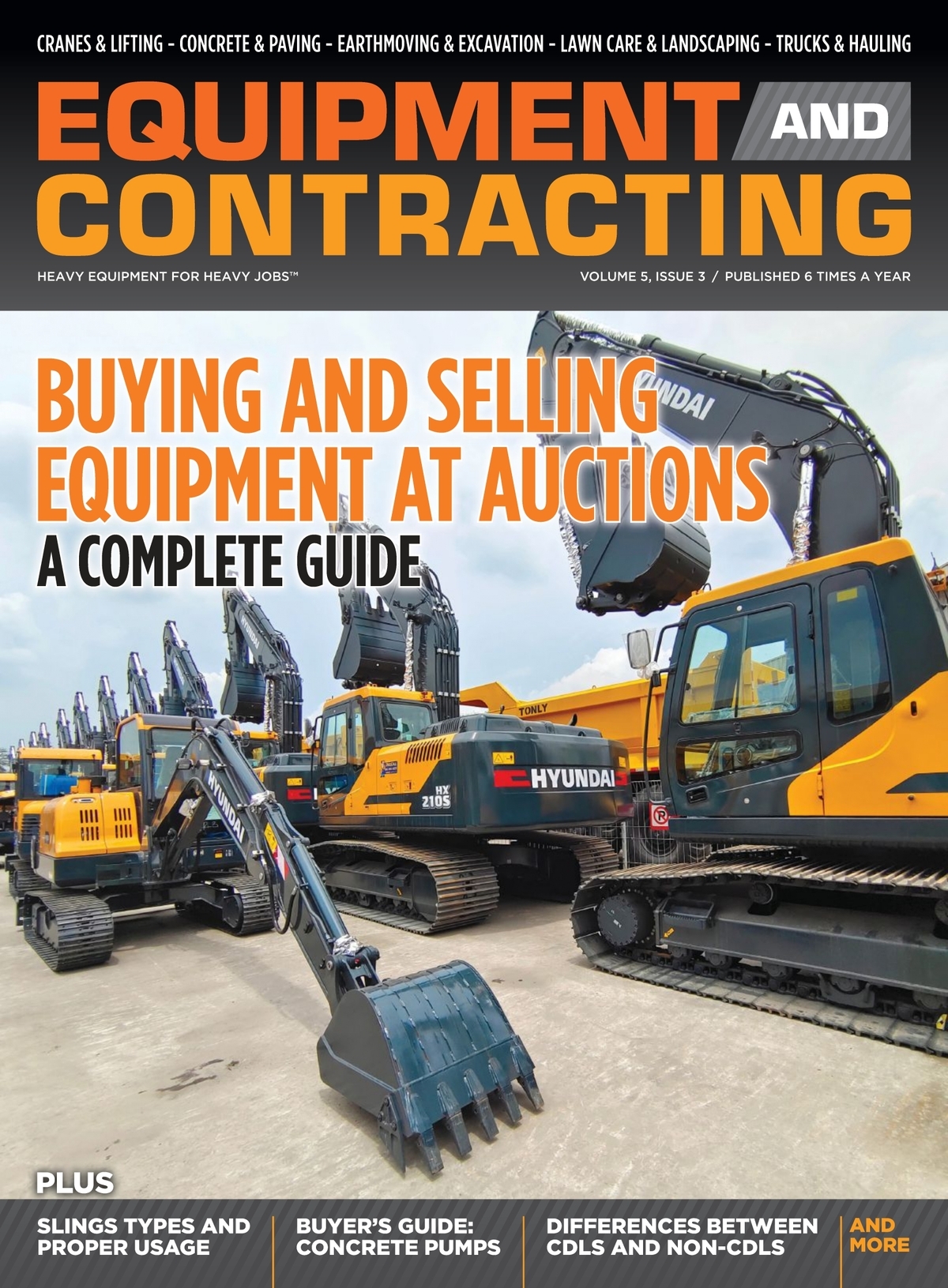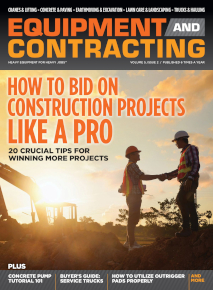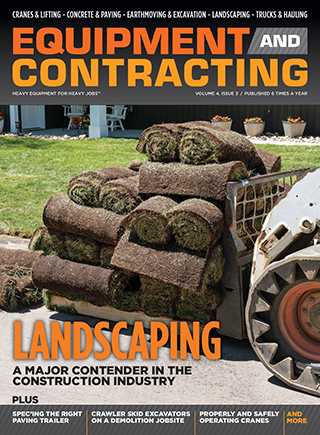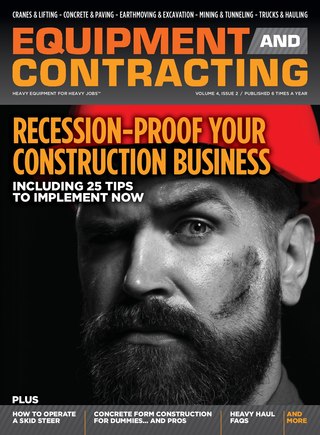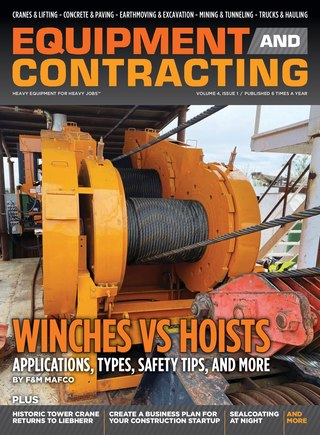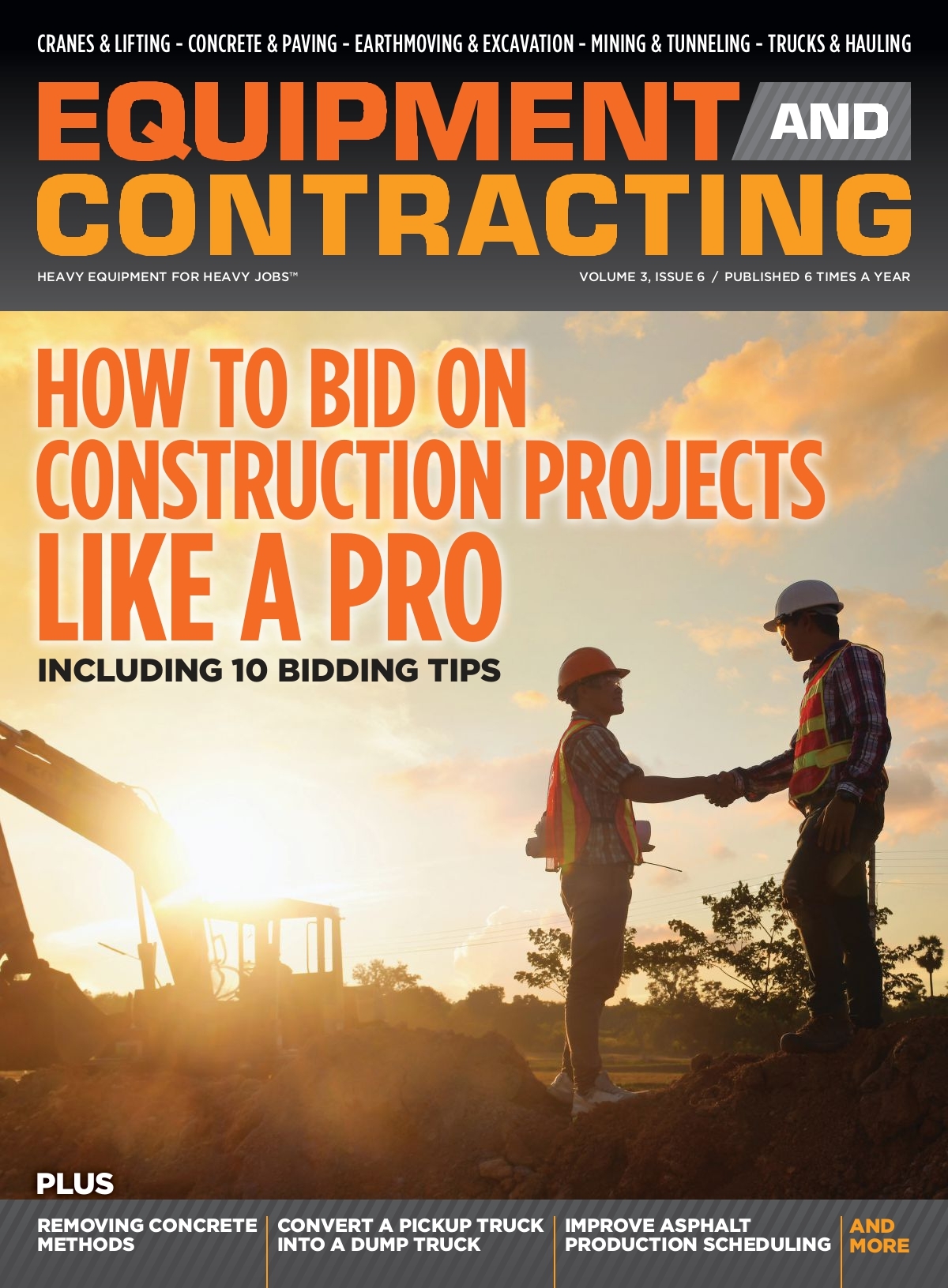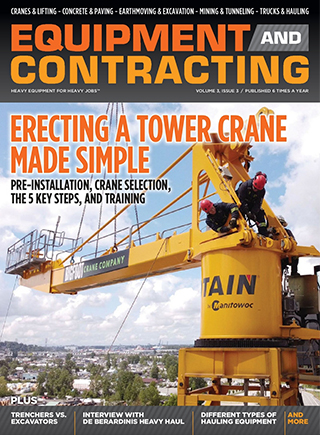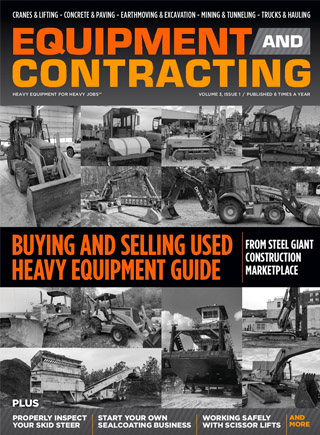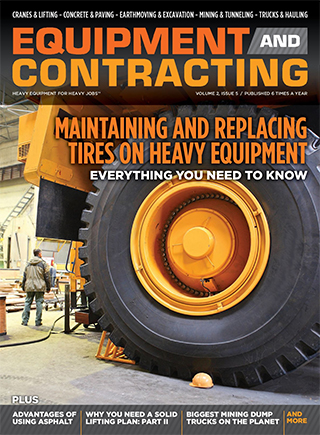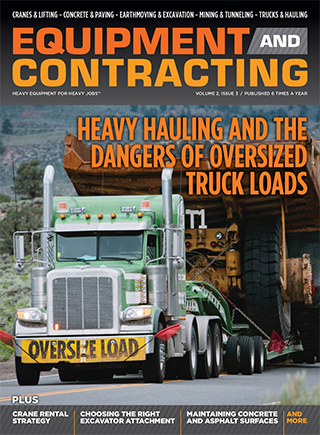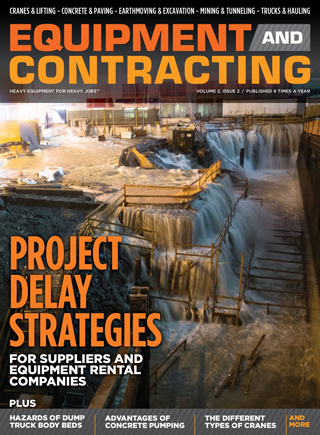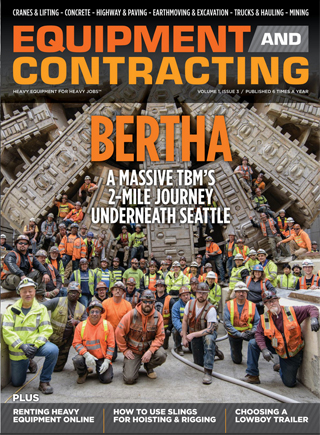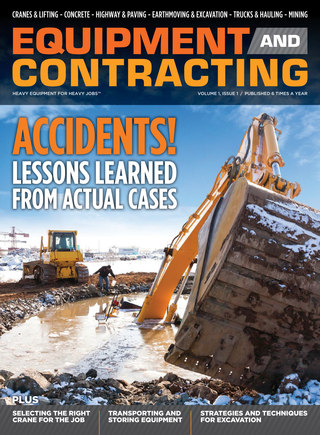
Project scale directly influences the type of crane a contractor must select. Smaller commercial renovations, mid rise construction, industrial installations and infrastructure work all demand different lifting capabilities. Each project comes with distinct load weights, lift heights, site constraints and access considerations. Understanding these factors early helps ensure the crane selected can complete the required lifts safely and efficiently.
Contractors must evaluate the expected radius, boom length and lifting frequency. A project with tight access may require compact equipment. A project with heavier materials or long radius lifts may need a machine with significantly higher capacity. Thinking through these scale factors prevents oversizing or undersizing the equipment, both of which can introduce cost and safety issues.
Why Matching the Right Equipment Matters
Choosing the correct crane for a project affects productivity, cost management and site safety. A crane that does not meet the required lifting capacity can cause delays or create unacceptable risks. A crane that exceeds project needs can raise rental expenses and complicate mobilization and setup.
Aligning the crane with the exact project scale helps ensure consistent workflow. When the machine fits the environment and the lifting demands, it minimizes repositioning, reduces downtime and supports a predictable construction schedule. This alignment benefits contractors in budget control and operational performance, making proper crane selection an essential part of project planning.
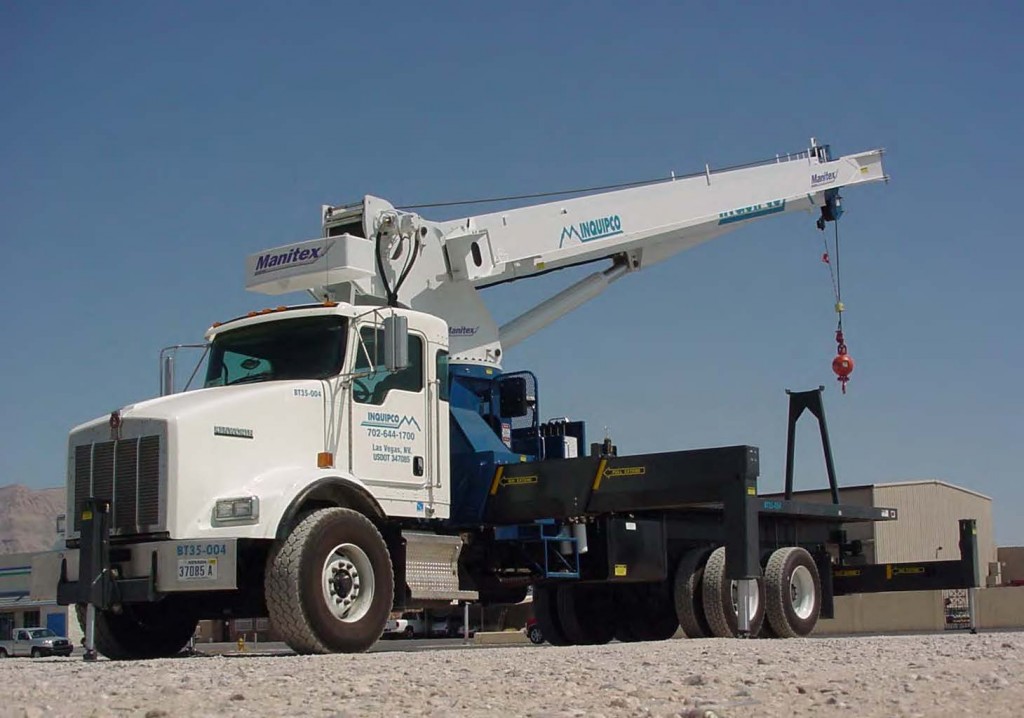
Evaluating Crane Types for Different Project Scales
Light to Mid Scale Operations
Smaller construction projects often require cranes that offer mobility, quick deployment and moderate lifting strength. Mobile cranes and truck mounted cranes are well suited to these environments. They travel on public roads, reach job sites quickly and set up with minimal disruption. Their flexible boom configurations allow efficient operation in areas with limited access or uneven workflows.
Contractors working in urban settings or on short term tasks often benefit from these units. The simplicity of setup makes them an efficient choice for tasks like equipment replacement, mid rise construction support and material handling. Even with smaller load requirements, contractors must confirm that the crane’s boom length, radius and outrigger configuration match the specific site conditions.
Large Scale and Heavy Lifting Requirements
Large and complex projects require equipment built for substantial loads and long duration operation. Crawler cranes offer exceptional stability on soft or uneven terrain due to their track systems. This makes them ideal for infrastructure work, industrial plant construction and heavy mechanical installations.
All terrain cranes serve large projects that require both road travel and off road performance. They are engineered for extended boom configurations and can access areas where conditions change throughout the project. Because these cranes are designed for demanding tasks, contractors must consider logistics such as ground preparation, counterweight delivery, staging areas and crane assembly.
The complexity of these projects requires careful planning. Contractors must understand load paths, rigging requirements, ground bearing pressure and environmental constraints. Accurate alignment of crane type to project scale ensures high performance throughout the lift schedule.
Terrain, Reach and Capacity Considerations
Every job site presents unique terrain challenges. Soft, sandy or uneven ground often supports crawler cranes better than wheeled units. Urban developments with narrow streets or enclosed courtyards may require compact or truck mounted cranes that can operate within limited space.
Lift height and radius must also be considered. Some projects require cranes with long boom systems to reach over existing structures. Others require high capacity machines that can maintain stability during heavy mechanical lifts. Capacity, reach and terrain must work together to support predictable and safe operations.
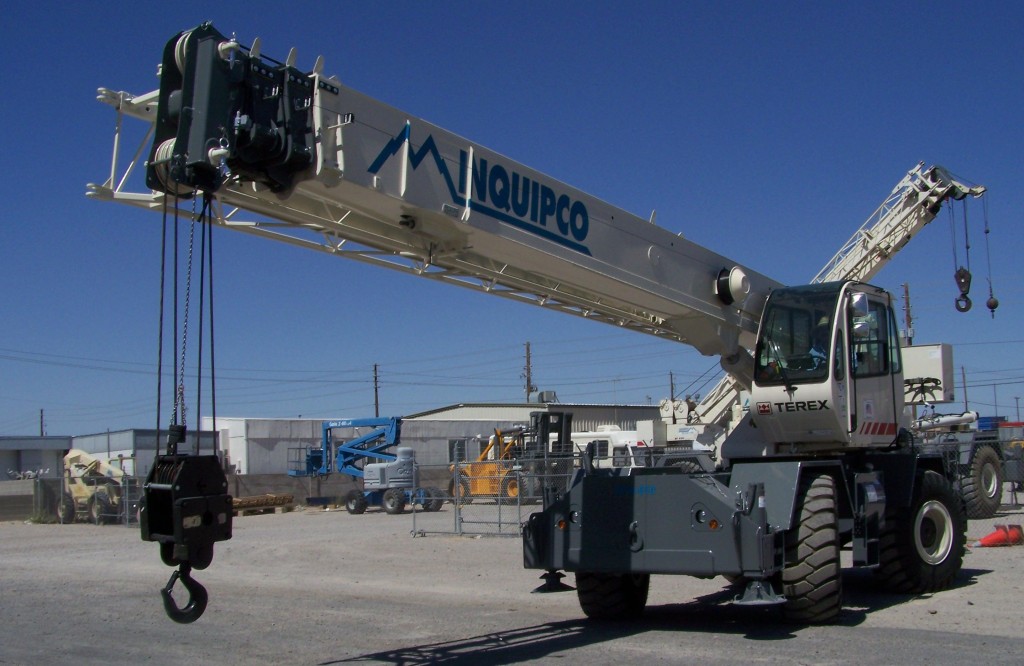
Planning and Managing the Rental Lifecycle
Early Project Assessment
A thorough assessment of lifting requirements early in the project lifecycle is essential. Contractors must evaluate expected load weights, lift heights, access routes, overhead obstructions, utility placements and operational timeframes. This clarity helps determine the ideal equipment class before the rental is scheduled.
Early planning also supports smooth coordination with rental providers. Contractors can review lift specifications with service teams, identify the most practical crane options and prepare the site accordingly. This proactive approach minimizes surprises and helps avoid costly adjustments once the project is underway.
Rental Terms and Cost Awareness
Crane rental planning extends beyond the equipment itself. Contractors must examine rental durations, delivery and pickup costs, mobilization time, operator scheduling and ongoing support requirements. Selecting a crane that meets the project’s real needs helps control these costs.
Flexibility is another valuable factor. Projects sometimes grow or shift as construction progresses. Rental providers that offer scalability and equipment adjustments give contractors an advantage. When equipment is matched precisely to real project demands, cost control and operational efficiency improve significantly.
Safety, Compliance and Operations
Safe crane operation begins with proper lift planning and continues through every phase of the rental period. Contractors must verify operator certification, maintenance status and safety features before equipment arrives on site. For complex lifts or heavy industrial operations, a detailed lift plan outlining load paths, rigging requirements and risk management procedures is essential.
Coordination between the contractor’s team and the rental provider ensures each lift is executed according to plan. When communication and safety remain top priorities, crane operations support the project without unexpected issues or delays.
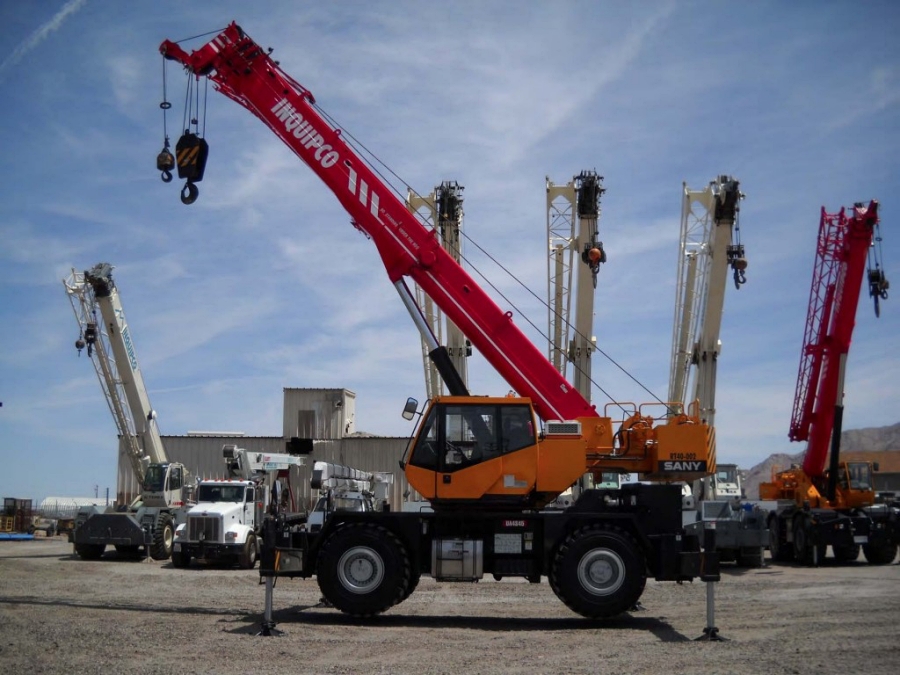
Choosing the Right Crane for Every Project
Successful crane rental decisions depend on matching equipment to the real scale and conditions of the project. With thoughtful planning, accurate assessment of terrain and load requirements, and early coordination with rental providers, contractors can ensure safe and efficient lift performance.
For additional guidance on selecting equipment that aligns with project conditions, contractors can explore professional crane rental services for insights into proper fleet matching and equipment suitability. Teams handling large or complex lifts can also review reliable heavy lifting equipment to understand how different crane classes support demanding project environments.
Selecting the correct crane is not simply a matter of capacity. It is a strategic process that influences cost, safety and schedule. When contractors size the crane to the project with accuracy, the entire construction operation benefits from smoother workflow, reduced downtime and dependable results.


